Angelina Lati
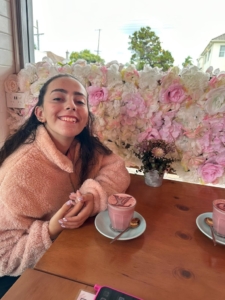
Sydney, Australia
This is 19-year-old Angelina Lati from Sydney, NSW, Australia. She has Lafora Disease.
Lafora disease is a terminal neurological disease characterized by progressive myoclonus epilepsy, tonic-clonic seizures, cognitive decline, childhood dementia, and ataxia, just to highlight a few.
Before Lafora symptoms, Angelina was a typically developing teen, attending school full-time with no signs or symptoms previously. She was very social with her family and friends, participated in school musicals and drama, and did acting courses outside of school hours. She was an aspiring makeup artist with plans to start beauty in her senior school subjects and tertiary education. Overall, she was a good student and easily achieved all her academic milestones. Angelina was very goal driven and had big dreams.

2009: At 5 years old she was winning dancing competitions
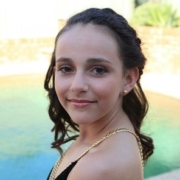
November 2015: Angelina at her Year 6 Formal
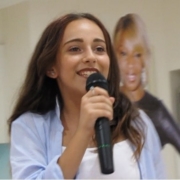
2017: Angelina singing on her 13th Birthday
In September 2018, Angelina experienced the first onset of symptoms, a seizure, at 14.5 years of age. Angelina was hospitalized and misdiagnosed with Juvenile Myoclonic Epilepsy (very common with Lafora Disease patients). After 9 months, Angelina was hospitalized again due to increased frequency, duration of seizures, and suspected cognitive decline.
After almost 3 months in hospital doing multiple tests and trialing alternate medications, in September 2019, exactly a year later, genetic tests showed she had a mutated gene named EMP2A. This mutated gene is the cause of a disease named Lafora disease.
Angelina is extremely photosensitive and action sensitive. Photosensitivity refers to increased sensitivity to bright and flashing lights. Angelina has experienced seizures triggered by being present in very bright environments. Angelina’s action sensitivity is also known to trigger seizures, whereby Angelina experiences an increased frequency of seizures the more she physically exerts herself. It is important for Angelina to have periods of rest and inactivity to prevent seizures, so she is mainly contained in the home or a controlled environment for her safety.

In February 2020, Angelina dressed up to meet Dua Lipa, thanks to the Make A-Wish Foundation Australia.
In late May 2020, Angelina was hospitalized due to the increased frequency and duration of seizures. During her hospitalization, Angelina experienced a significant decline in functional mobility. Angelina was having difficulty walking independently, speaking, and swallowing medications. Angelina underwent a surgical procedure to insert a gastrostomy tube to allow for PEG feeding and administration of medications as required, as well as the insertion of a Mirena IUD to control her hormone levels since those also seemed to trigger seizures. Angelina’s medication dosage was increased to control the seizures, and she was discharged from the hospital and stayed in a respite facility during her recovery.
By June 2020, Angelina began to experience an increased frequency of significant behavioral challenges, including irritability, non-compliance, and mood swings. These symptoms commonly occur with changes in the brain’s frontal cortex (associated with progressive dementia) and involve disinhibition. During these behavioral periods, Angelina refuses to eat anything, assist with self-care activities, get out of bed, or take her medications. Angelina has experienced a significant loss of short-term and long-term memory, and her processing speed has slowed significantly so it takes Angelina longer to be able to process and understand instructions or follow conversations.
In June 2018, Angelina’s schoolwork showed full pages of neat writing, underlining, answering questions and problem-solving. Less than two years later, Angelina was lucky to write a few words, read, and struggled to make simple decisions such as what shirt to wear.
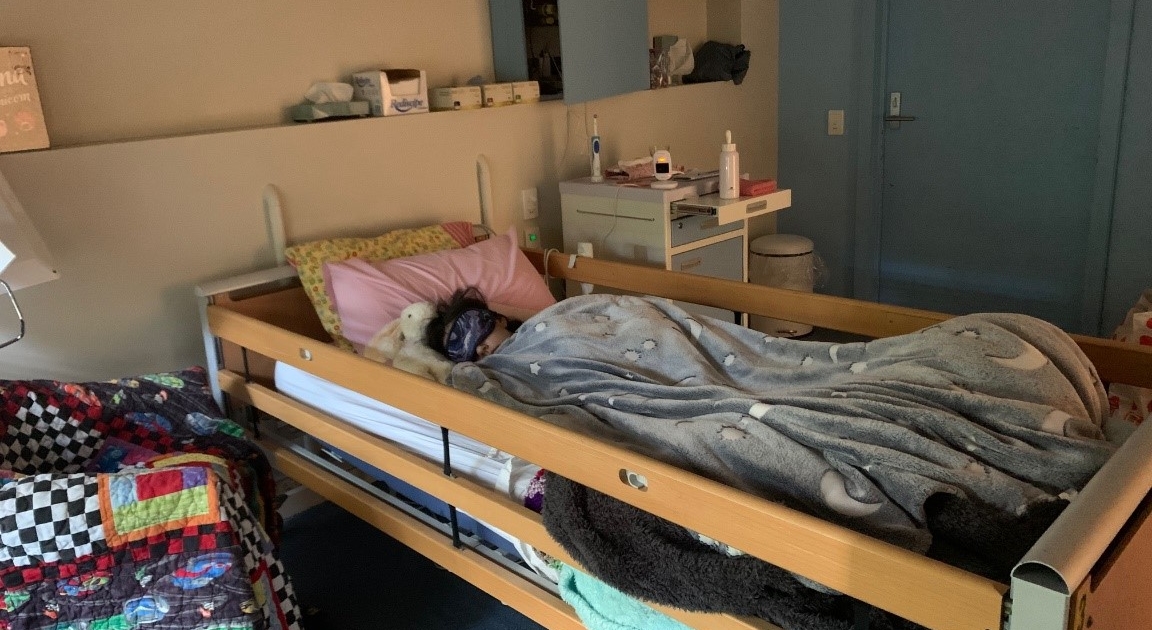
August 2020: At Bear Cottage, NSW Palliative Care Hospital for Children. Angelina is currently on several medications for the management of seizures and behavioral management, but these will eventually stop controlling her symptoms as they are already difficult to treat. She is currently having symptoms daily; it is only a matter of time before her health declines further and she becomes bedridden. Angelina is at high risk of Sudden Unexpected Death in Epilepsy (SUDEP) so every day is like a ticking time bomb. Her family is on high alert all day every day and have installed cameras to monitor her constantly.
Lafora disease is a rare disease that affect less than five in 10,000 people with only 80 registered Lafora disease patients around the world at this stage. It is believed that there are about 250 children around the world with this disease. Angelina is currently the only registered Lafora disease patient in Australia. There may be more children, but they could be misdiagnosed or asymptomatic at this stage.

Angelina in August 2020
There is currently NO cure for Lafora Disease.
Researchers have recently discovered that it is caused by a mutation in one of two genes that control the way cells store glycogen, a form of sugar, resulting in a toxic buildup of Lafora bodies in the brain.
Pharmaceutical companies in the USA have been working on treatments and therapies and planned to start clinical trials in 2021, but they did not happen, and families like Angelina’s are still waiting.

2023: Ange having her enzyme replacement therapy infusions
Access for Angelina to this drug could be years away, though researchers like Dr. Matthew Gentry, University of Florida College of Medicine, who founded the Lafora Epilepsy Cure Initiative (LECI), are doing great work.
Angelina lives at home with her family, who cares for her. She also has a nurse during the day. As the disease progresses, Angelina will need 24/7 care.
In early 2022, Angelina had slowed down a lot but was still able to walk and talk slowly. Her dementia was more progressive, her seizures were more frequent, and she’d be in her wheelchair most of the day. Angelina was fed 98% by her feeding tube. She started a biweekly experimental treatment that you can read more about below.
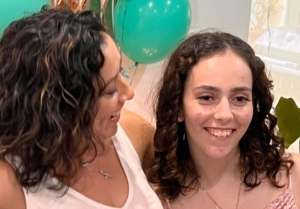
2023: Mother Niki and Ange on her 19th birthday
Angelina has been receiving biweekly Enzyme replacement therapy infusions of an experimental medication since 2022. This is possible through compassionate use that was approved in Australia, for which her family is grateful. It will take some time, potentially two years, to know the impact of this therapy and if her symptoms will slow down.
Now, September 2023, Ange regularly stays for respite and critical care at the new Many Adolescent and Young Adult Hospice – Australia’s first dedicated service for young people with life-limiting illness.

2023: Ange at the Adolescent and Adult Youth Hospice in Manly, Sydney, New South Wales, Australia
To see how Angelina Lati is doing, please visit @LaforaInitiative on social media: Facebook; Instagram; and TikTok.
Media & Awareness
Niki is also advocating for Angelina in Australia through the Childhood Dementia Initiative.

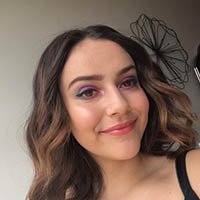
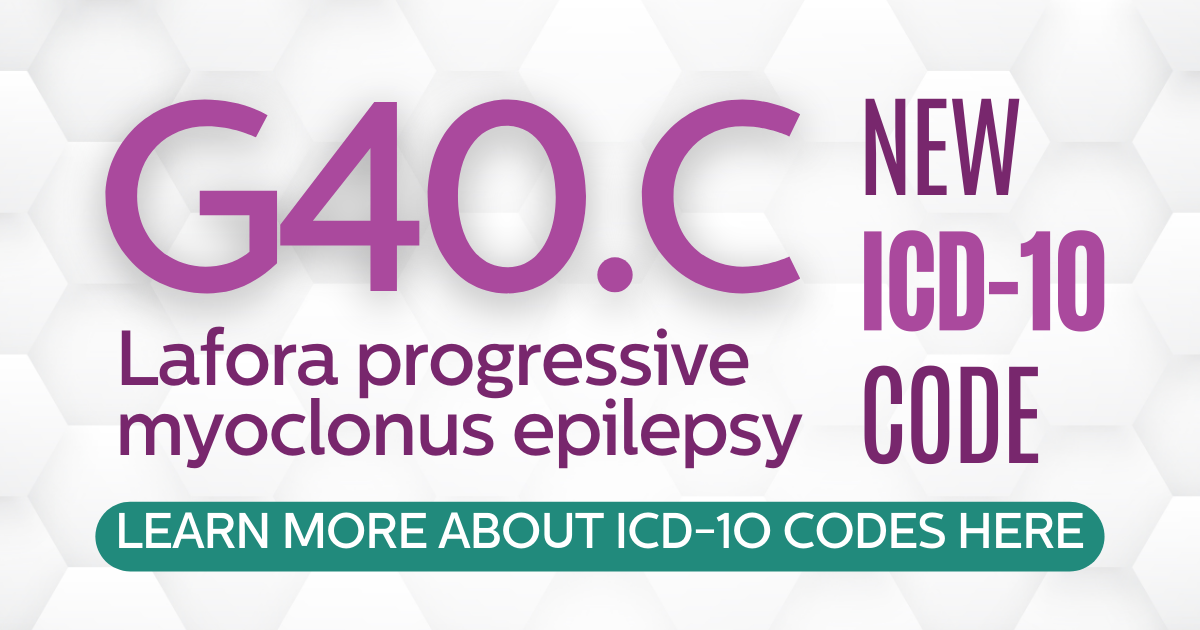
Leave a Reply
Want to join the discussion?Feel free to contribute!